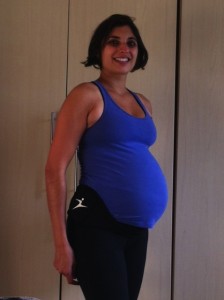Knee strengtheners
So we talked about knees and what to check for if you get that pulling in your knee when you do a movement. By this I do not mean constant pain but just a tugging on a certain move, that feels like a tight area. If you have ongoing knee issues, constant pain, popping, grinding, swelling or anything that doesn’t resolve then get it checked out!
So now we are looking at how to strengthen the muscles around the knee.

The VMO, or vastus medialis oblique: is one of the four muscles of your quadriceps. If you flex your quads, you’ll notice a large muscle toward the inner part of your thigh. That’s your VMO. The VMO attaches to the patella (your kneecap) and to the femur. It allows for normal knee function—especially during squatting and multi-directional movements as well as running and jumping. So you can see why this muscle being weak or too tight would cause knee pain. Good exercises to strengthen it are step ups. Literally climbing stairs or stepping up and down on the same step.
TEST: Sit on the floor with legs outstretched. Squeeze your kneecaps and release whilst feeling the inside of your knee. Ideally you should feel a muscle working called VMO.
The Hamstrings: If your hamstring is optimal there should be a right angle between your 2 legs with leg in the air straight up to the ceiling and the other leg stretched out on the floor. If your leg will not go to this range you need to work on releasing those hamstrings. A good stretch with a band will help.
TEST: Lie on the floor with 1 leg in the air and one leg on the floor. In order for you to straighten you leg will and knee where does your leg have to be.
Think about what you feel when you try to stretch your knees? Is there a pull or tightness in the front, back, side or in the knee joint itself? If so it could mean you need some massage, release work and then strengthening. See a sports massage therapist for help with this.
Posture, as always is king: You can do all the release work in the world and then undo it with poor posture. So if you are doing work and not seeing the benefits get checking out your regular and habitual sitting and standing positions. Specifically think about taking regular posture breaks. Don’t remain in any one position for too long, if you are working at a desk take regular movement breaks. Check your pelvis, in seated and stood, your ribcage should be over your pelvis. You want to be sitting and standing tall and in neutral alignment.














